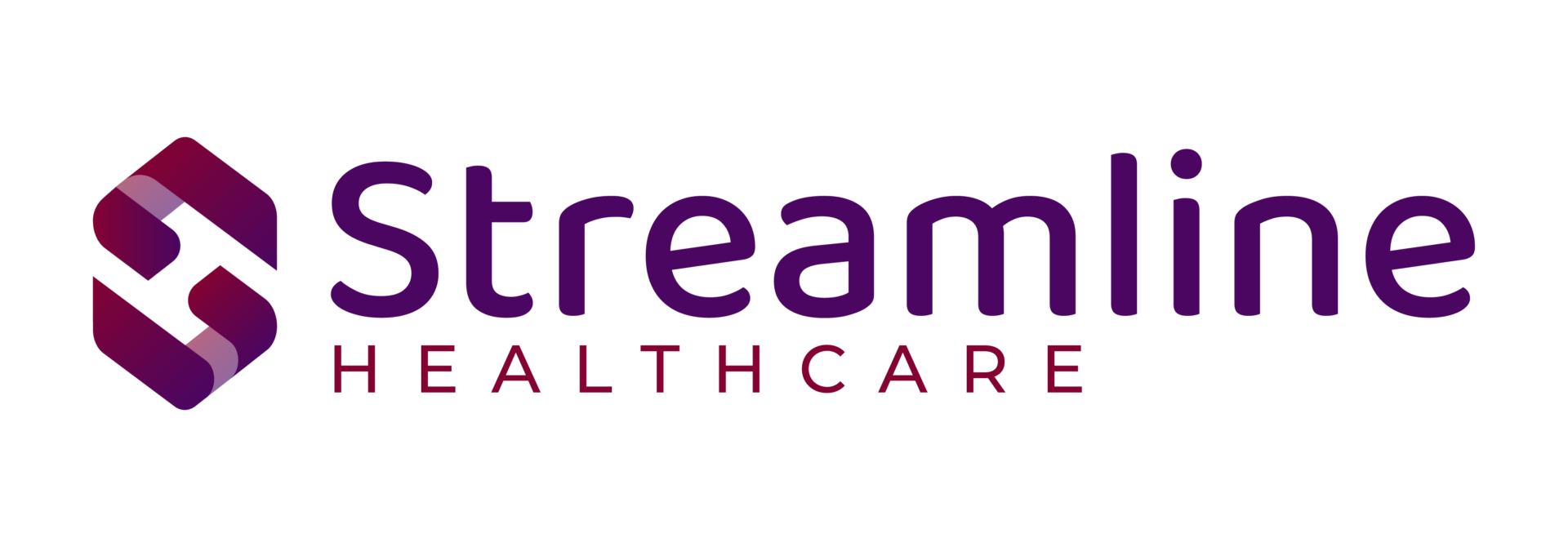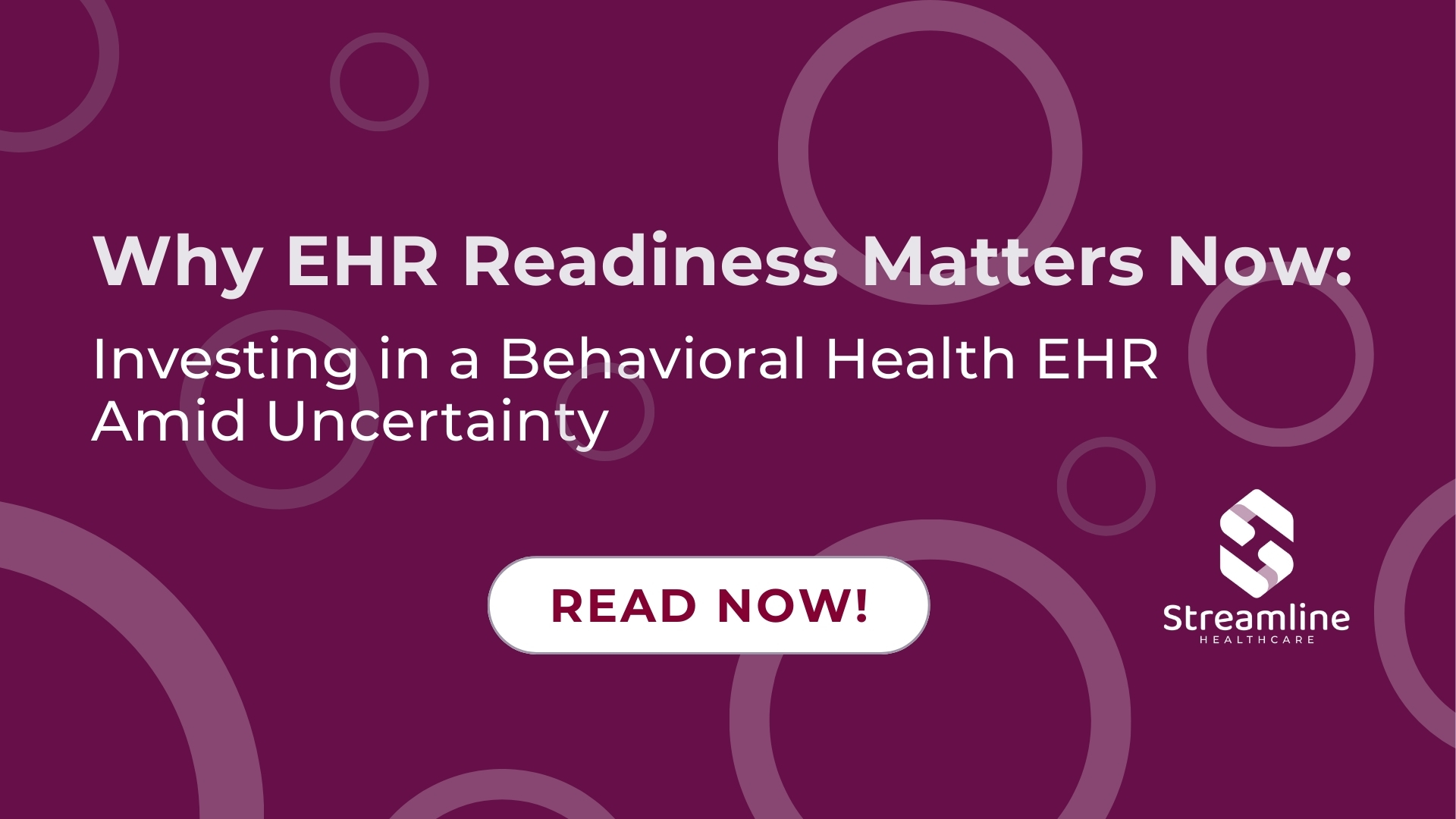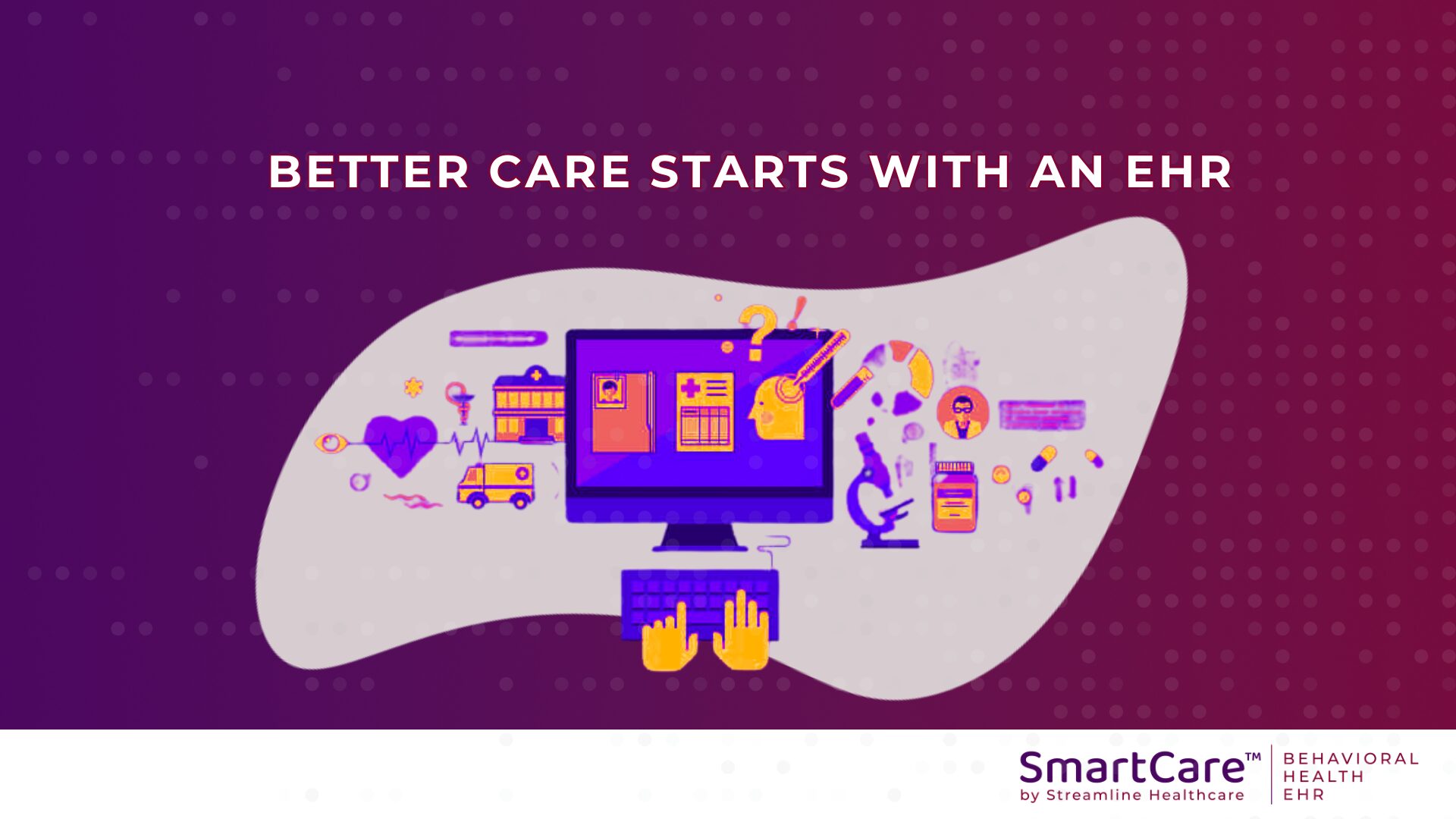Just over one year ago, the Boston Globe wrote a powerful article entitled, The Desperate and the Dead: Community Care – State mental hospitals were closed to give people with mental illness greater freedom — but it increased the risk they would get no care at all. This article discusses the lack of community care for the mentally ill in Massachusetts, but, unfortunately this is the same story for many states across our nation.
The story is the same, state psychiatric hospitals have had a sharp decline of inpatient beds over the last several decades, displacing those with chronic mental illness into the community. Many end up homeless, in jail, or in prison. Yet, for a number of reasons, we continued to struggle on how to best treat these individuals.
The authors of the Boston Globe article state, “The result is a system that’s defined more by its gaps and gross inadequacies than by its successes — severely underfunded, largely uncoordinated, often unreliable, and, at times, startlingly unsafe. It is a system that prizes independence for people with mental illness but often ignores the accompanying risks to public safety. A system that puts blind belief in the power of antipsychotic drugs and immense trust in even the very sickest to take them willingly. A system that too often leaves people in mental health crisis with nowhere to turn”.
So, how do we grow past the gaps and inadequacies? How can we coordinate a national campaign to offer best practices to our states and their counties? How do we create a community of care which promotes independence and narrows these gaps? How do we ensure the best path for level and continuity of care for our patients?
One way to help close the gap is to use your electronic health record more effectively. Many organizations struggle with how to best ensure their patient’s outgoing referral meets their next level of care. There are growing pains of health information exchange and interoperability. However, one solution is to send all documentation using certified electronic health records for outgoing and incoming referrals. Even though your state may be lacking in an HIE interface, most states now use Direct Messaging to send encrypted emails and attachments.
Another good way of ensuring your patient’s needs are met, is continuing to use the patient portal for follow ups or aftercare checks. Unfortunately, the patient portal is extremely underused by most organizations.
Send me your ideas so we can continue the discussion on how to create better community care!
Reference to article: https://apps.bostonglobe.com/spotlight/the-desperate-and-the-dead/series/community-care/



